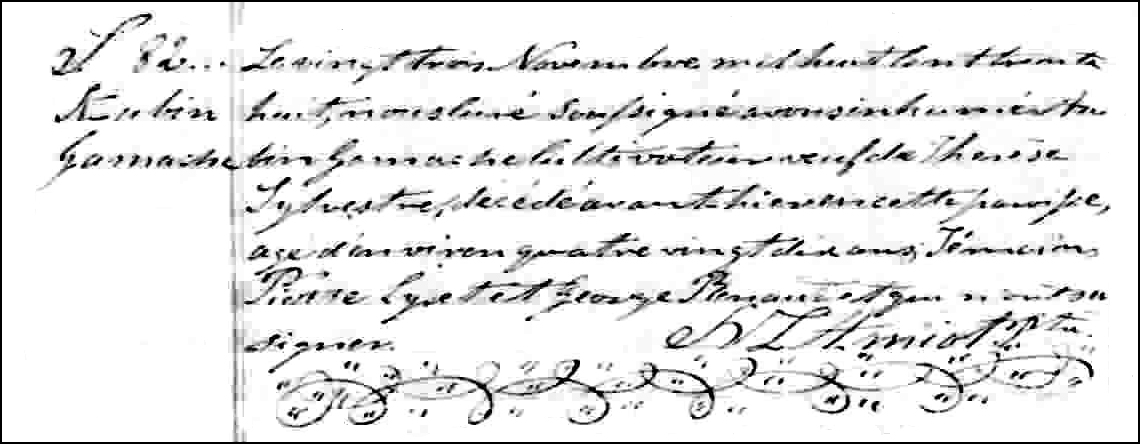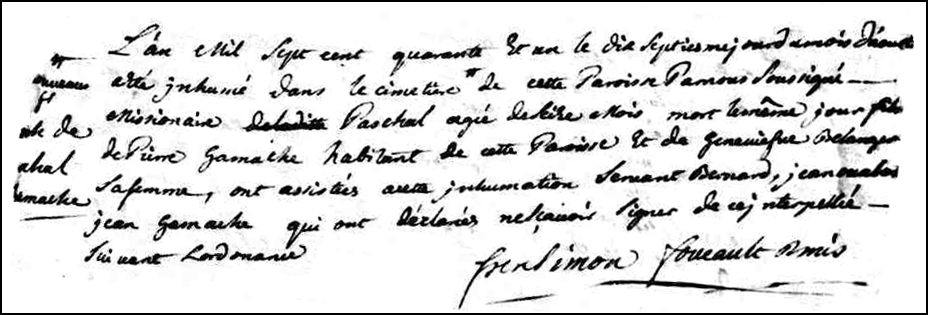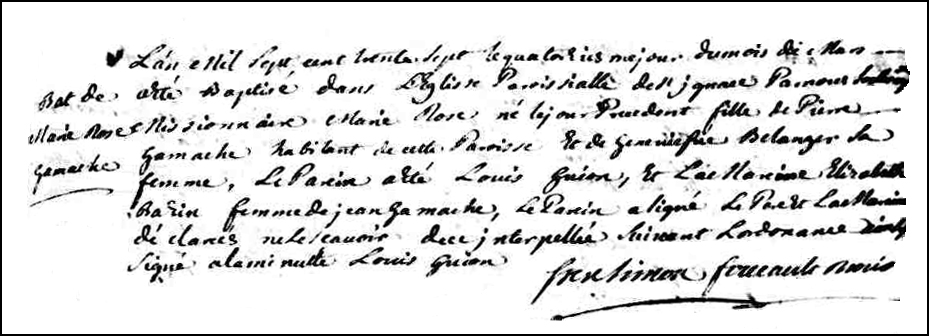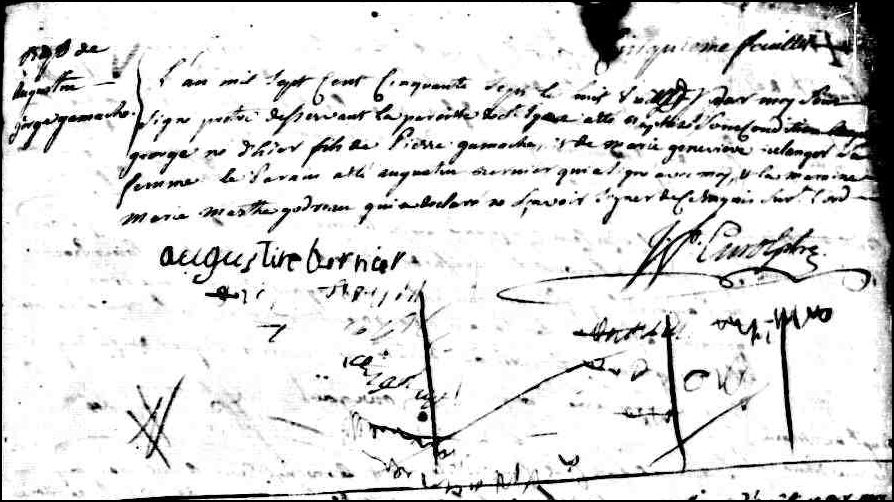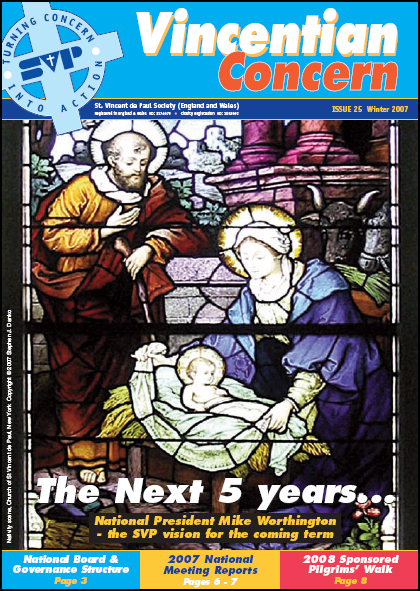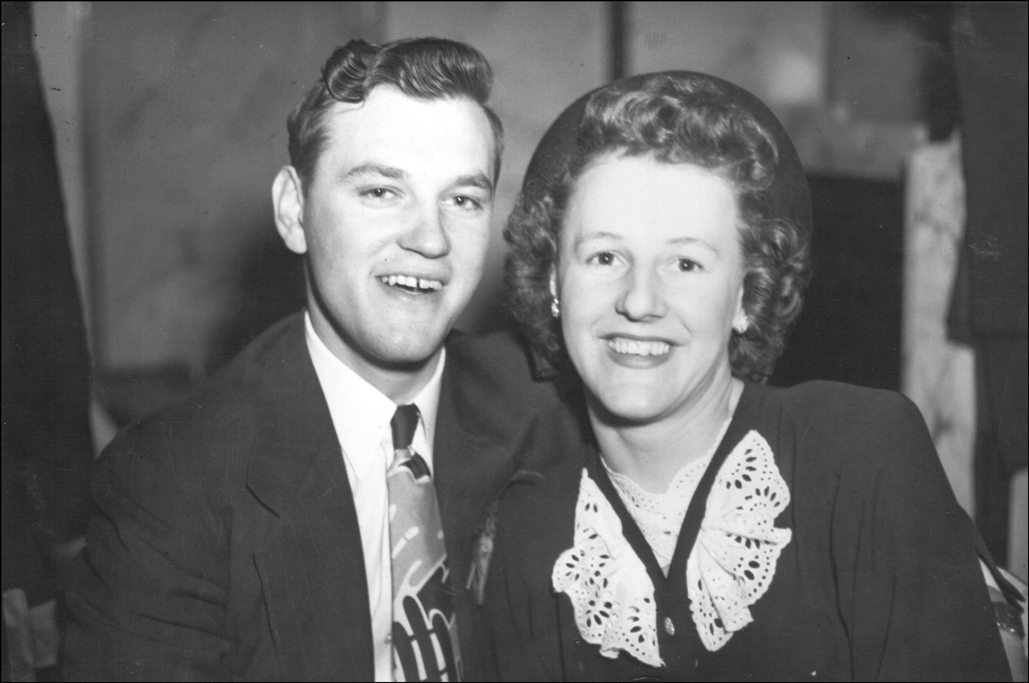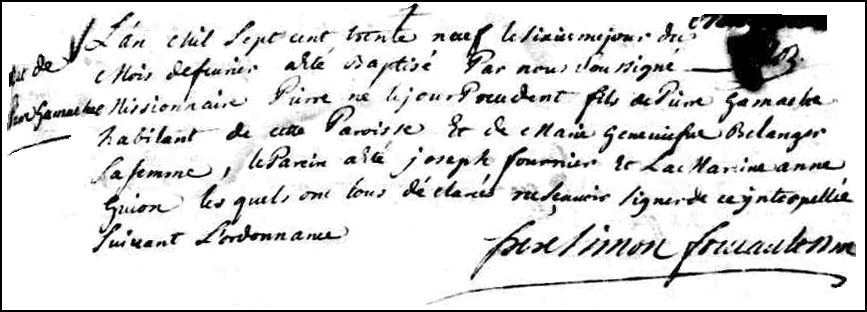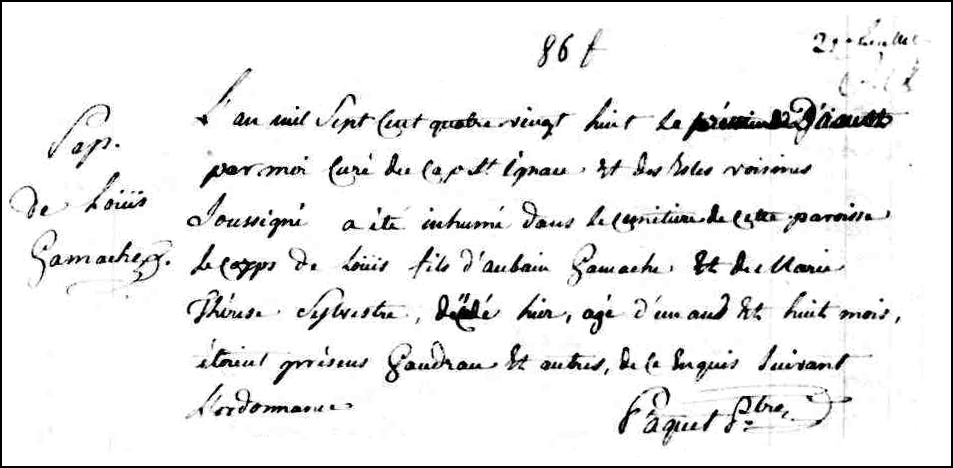There is, unfortunately, a dearth of information about Polish genealogy on the Internet.
Certainly there are websites that discuss the process of conducting research in Polish records, including information about the Partitions of Poland, online gazetteers, online historical maps, and information about surnames.
But, there are relatively few Polish pedigrees published on the Internet. There are even fewer images of original documents on the Internet. Subscription databases such as Ancestry.com have very few original Polish documents, the very documents that are critical to tracing one’s Polish roots.
And so, Polish genealogists must depend on the birth/baptism, marriage, and death records filmed by the Family History Library, in Polish archives, and in Polish parishes. The Family History Library, while constantly working to film and digitize Polish parish registers (including civil copies of those registers), still has a long way to go to complete the task of preserving those records and making them more readily available to researchers.
Many genealogists researching Polish roots must still contact the parishes where the vital and religious events were originally recorded in order to trace their ancestry.
The Polish Diocese of Płock has made things a bit easier for those researching records maintained in their parishes. Their website provides a great deal of information about the diocese (in Polish), and also has information on the individual parishes, including photographs and histories of the churches.
Fortunately for me, several of the parishes to which my ancestors belonged are in the Płock Diocese.
Going to the main page of the Diocese of Płock, browse down the left sidebar until you find the link for Znajdź Parafie (Find Parishes) . The next page that appears is a search form for the parishes in the Diocese. Enter the name of the parish in the box next to “nazwa parafii” (name of the parish) and click “szukaj” (search).
By entering the name “Krasne”, another page appears with all parishes with that name. Click on the photo, and you’ll be brought to the homepage for the parish in Krasne.
The homepage shows a photo of the current church and a history of the church in Polish. At the top of the page, you’ll find some basic information about the church, including the actual name of the church, the address, the dekanat (deanery), and the civil jurisdiction, including gmina, powiat, and wojewódstwo.
Krasne
parafia pw. św. Jana Chrzciciela
06-408 Krasne, Ludwika Krasińskiego 2
dekanat makowski
gm. Krasne, pow. przasnyski, woj. mazowieckie
Below that, you’ll find lots of useful information.
A list of the metrical books kept in the parish:
chrztów od 1825 r . (baptisms after 1825)
ślubów od 1825 r . (marriages after 1825)
zgonów od 1891 r . (deaths after 1891)
The names of the priests at the church:
proboszcz ks. kan. Remigiusz Sęderski, od 1984
wikariusze ks. Andrzej Rutkowski, od 2006
A list of the villages served by the parish:
Augustów, Brzegędy, Filipy, Gawary, Gawronki, Helenowo, Kozin, Krasiniec, Krasne, Kulki, Kurowo, Kurówko, Łyszkowo, Mosaki, Nowa Wieś, Rukle, Ruszczyny, Szczuki PSK, Szczuki Wieś, Szlasy, Tabuły, Wężewo, Zalesie, Żbiki
Sure enough, there are two of the villages of my ancestors: Mosaki and Rukle.
So now, if I want to travel to the parish to view the metrical books, I know the address of the church, the villages included in the church books, and the years covered by those books. I even know the names of the priests, so that I can contact them directly. By clicking on the name of the priest, I even get his telephone number!
While the parish in Krasne has metrical books that go back far enough in time to be useful for my research, the same is not true for all parishes. The parish in Pałuki, only has books for:
chrztów od 1918 r . (baptisms after 1918)
ślubów od 1928 r . (marriages after 1928)
zgonów od 1928 r . (deaths after 1928)
The books available at the parish in Szwelice are even more limited:
chrztów od 1945 r . (baptisms after 1945)
ślubów od 1945 r . (marriages after 1945)
zgonów od 1957 r . (deaths after 1957)
While this is not particularly good news for me, since my ancestors lived in both the Pałuki and Szwelice parishes, I now know that I’m not likely to obtain any records for my ancestors directly from those parishes. In fact, I may not even get a response if I write to the parish. IÂ have to look for those records in the diocesan or civil archives.
Every diocese in Poland does not have such useful websites. Still, it’s useful to search for a diocesan or parish website to see what information they do provide.
Copyright © 2008 by Stephen J. Danko

